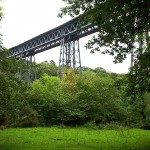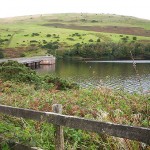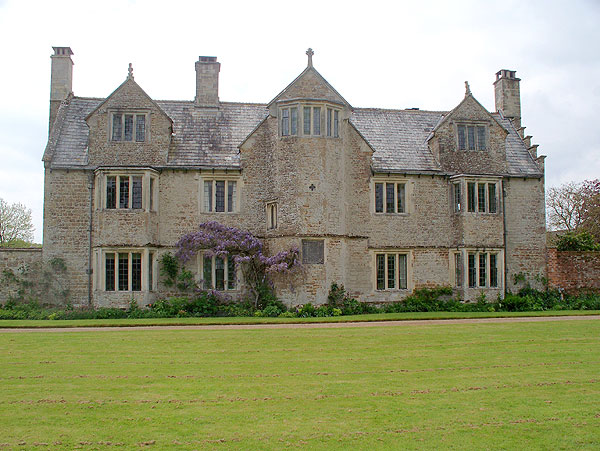
Cadhay was mostly built in the 1540s as a Tudor house with hall, screens passage and domestic wings, by John Haydon, a lawyer who grew rich dissolving monasteries. His nephew added a fourth range with a Long Gallery, enclosing the courtyard.
The courtyard is the pride of the house and contains statues of Henry VIII and his three monarch offspring, Edward, Mary and Elisabeth. The stonework is laid checkerboard, of limestone alternated with local ‘chert’ flint.
A later owner, William Peere Williams, altered many rooms and put an upper floor in the Great Hall, forming a dining room below and the Roof Chamber above. The front was also refaced in smooth stone.
A Cambridge academic, Dampier Whetstone, bought the house in 1910, rescuing it from agricultural use and re-instating its Tudor character. The Williams-Powletts bought the house in 1935 after leasing it, and the current owner, furniture maker Rupert Thistlethwayte, a direct descendant of the Pouletts whose coat of arms appear above various fireplaces, has restored the house.
The rooms and contents are of some interest. Most rooms are double aspect with interconnecting doors (no corridor). The Long Gallery, a curiously narrow room with a barrel vaulted ceiling, acts as a kind of family museum. The Roof Chamber has a notable but much altered beamed ceiling.
Outside are some fine gardens, to the side and rear, also some ponds. A walled garden is divided into allotments.
The house is opened to the public on Friday afternoons. Tickets for the house tour and gardens are sold at the tea-room. For the rest of the week, the house is let out as a self-catering unit for wedding parties, etc.
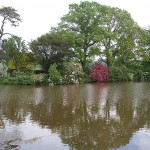
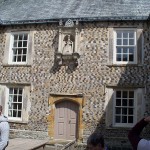
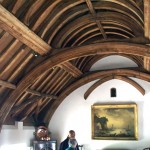
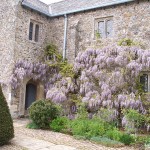
Category: South-west
location
Lytes Cary Manor, Somerset
 This medieval manor was originally the family home of Elizabethan herbalist Henry Lyte. A copy of his book on herbs can be seen in the hall. In the 1750’s the Lytes were forced to vacate the house, which became partly ruinous. Sir Walter Jenner and his wife bought the house in 1907, restored the medieval part of the house and built a new family wing on the east side.
This medieval manor was originally the family home of Elizabethan herbalist Henry Lyte. A copy of his book on herbs can be seen in the hall. In the 1750’s the Lytes were forced to vacate the house, which became partly ruinous. Sir Walter Jenner and his wife bought the house in 1907, restored the medieval part of the house and built a new family wing on the east side.
Today, visitors can see the medieval part of the house, with period contents collected by the Jenners. A number of downstairs rooms and three bedrooms can be seen. Outside is the chapel, which predates the house and, has no direct access from the house.
Lyte’s original gardens have long disappeared, but the Jenners created gardens in an Arts and Crafts style, and the gardens were further developed in the 1960’s onward by National Trust tenants the Chittendens. The garden contains a formal section with lawn and yew bushes, and other more informal parts.
While of modest size, the house contains various rooms and contents of interest.
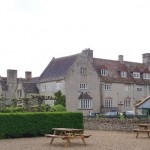
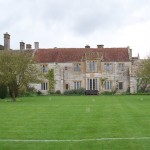
St Mary’s Church, Honeychurch, Devon
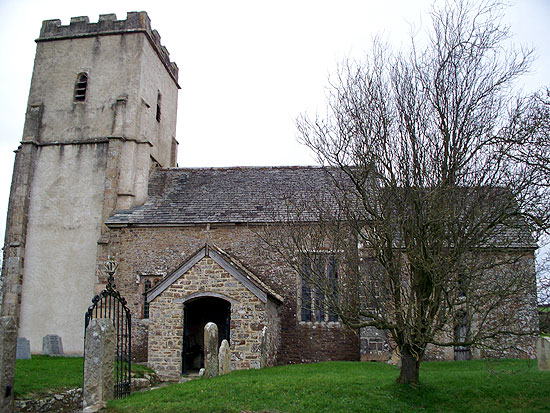
This church is notable for its unusually small size and its age. A Saxon church, Huna’s Church, stood on this site, but was completely replaced in the 12th century by a Norman church, much of which still stands today. The church was altered and improved in the late 15th century, giving it its present perpendicular style aspect, but has been little altered since. The parish was very small, and remains so to this day.
Notable feature inside include a wall painting, seemingly of the Royal Coat of Arms from the Elisabethan period, some very old oak pews, and the wagon-style nave ceiling with carved wooden bosses, all different. Those interested in such things can purchase a booklet about the church. Services are monthly.
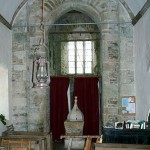
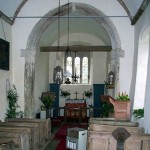
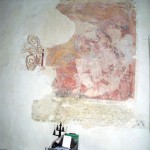
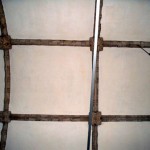
Lydford Castle, Devon
English Heritage
Lydford Castle is a small keep of Norman origin, rising above a mound in the middle of the village. In fact, the castle is not built on the mound – the mound was constructed around the lowest level of the structure when it was modified in the 13th century. It was used as a notorious prison for several centuries. It is now ruined and roofless.
The castle is worth a look if you are in the Lydford area. Apparently there are other Norman and Saxon defensive works to be seen nearby, so the downloadable audio tour to Lydford Castle and Saxon Town seems worth having.
Open at any reasonable time.
Lydford Gorge, Devon
National Trust
There are about three miles of trail on both sides of the gorge at high and low levels. The gorge is green with trees and other growth. Water rushes over the rocky river bed, and there is a famous vertical waterfall, the White Lady, and a whirlpool, the Devil’s Cauldron.
This is a popular beauty spot and well worth a visit. Note that the going is quite difficult, with wet, uneven and potentially slippery surfaces, and the paths have steep gradients. Walkers should wear suitable boots and have adequate physical fitness.
Admission charge.
Dartmoor Prison Museum, Devon
The Museum is about 150 yards from Dartmoor Prison, and housed in a building that used to be the prison dairy. It is the only museum run by HM Prison Service to be open to the public. The Museum narrates the history of the prison, and also includes the “Black Museum” of weapons and other items confiscated from prisoners, a collection of manacles and weapons, details of famous prisoners, insignia and uniforms, and the Prison today.
I recall that this was quite an interesting visit.
There is a small admission charge. Free car parking. Note that the Museum closes for lunch.
Great Chalfield Manor, Wiltshire
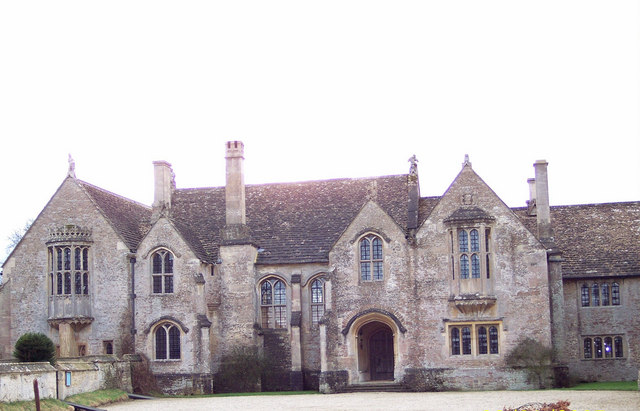 National Trust.
National Trust.
Great Chalfield Manor was built in 1467-80. Following centuries of neglect, which left it in a ruinous and partly demolished state, it was restored in 1905-12 for the Fuller family. A century later, it becomes harder to tell which bits are original and which are reconstructed. The house is furnished with period furniture collected by the Fullers. Outside are moats, lawns, and a working estate.
Inside the house are some interesting features. An ancient mural uncovered in the dining room is thought to be of the first owner, Tropnell. High up in the great hall are heads thought to be medieval caricatures. The garden has two large pieces of topiary with cross-passages, and a summerhouse in one corner.
(Picture: Trish Steel – Wikimedia)
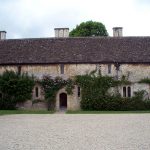
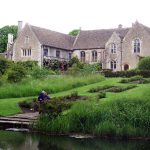
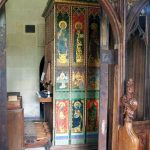
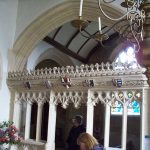
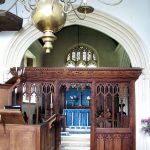
Newark Park, Gloucestershire
National Trust.
This unusual house stands high on a spur of the Cotswolds. It was built as a four-storey hunting lodge in c. 1550, but reworked by James Wyatt in the 1790’s. Wyatt also updated a second block added in the late 17th century.
Inside, there are interesting rooms and contents on three floors. Much of what is on display was collected by a late tenant who occupied the house for many years. Some features of the interior date from the Tudor era. There are fine views from the upper windows.
IIRC the basement floor is also partly open.
Outside, there are formal gardens laid out by the late tenant.
I visited Newark Park on a detour after finding that somewhere else at which I had intended to stop was closed that day. However I liked Newark Park and found it an interesting visit.
Killerton, Devon
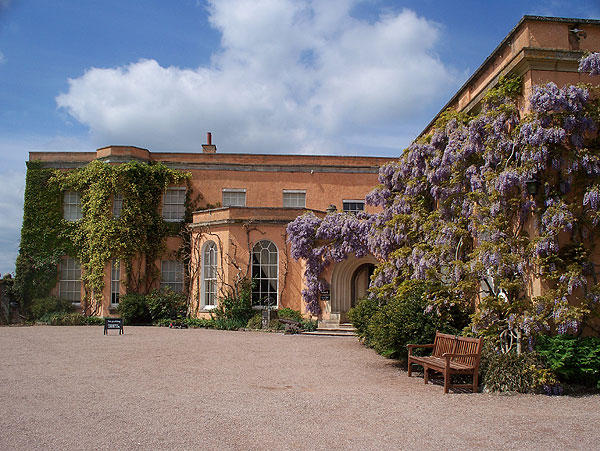 National Trust.
National Trust.
The house was built in 1778-9 but was considerably expanded in the early nineteenth century and again in Edwardian times. Elsewhere are magnificent stone stables and a Victorian Norman Revival chapel. The house is unpretentious outside, but inside downstairs has some grand rooms. The contents reflect country house life in the 1930’s. Upstairs is the noted costume collection of Paulise de Busch. Outside, to one side of the house and above it, are magnificent gardens. The former walled garden is now the car park. Nearby is a large Chapel.
The house stands in a large estate, and elsewhere on it are the Marker’s Cottage (NT) and Clyston Mill (NT), and Budlake Old Post Office (NT). I don’t recall that I saw these, but they have separate entries in the NT guidebook.
I recall that this was rather a tedious place to get to, despite its proximity to Exeter. No major roads run near the estate.
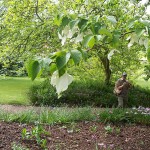
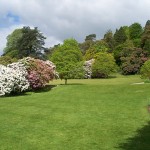
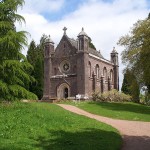
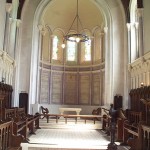
Meldon Valley, Devon
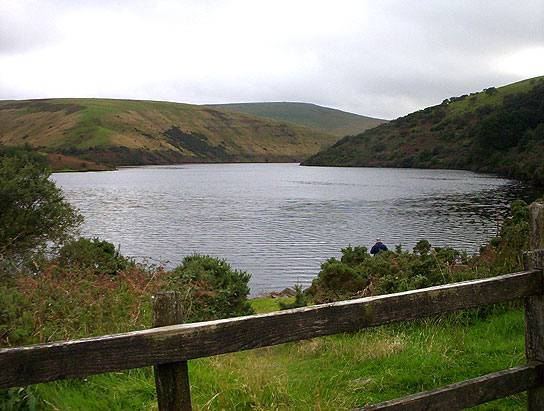
I parked near the reservoir and had a walk around, passing under the viaduct, and I photographed some holes that looked like old workings. None of the hole pictures came out very well. In the virtual tour (below), an old engine driver reminisces that winds on the viaduct used to be felt on the trains, so cyclists should take warning.
There is a virtual tour of the valley at Virtual Tours.
